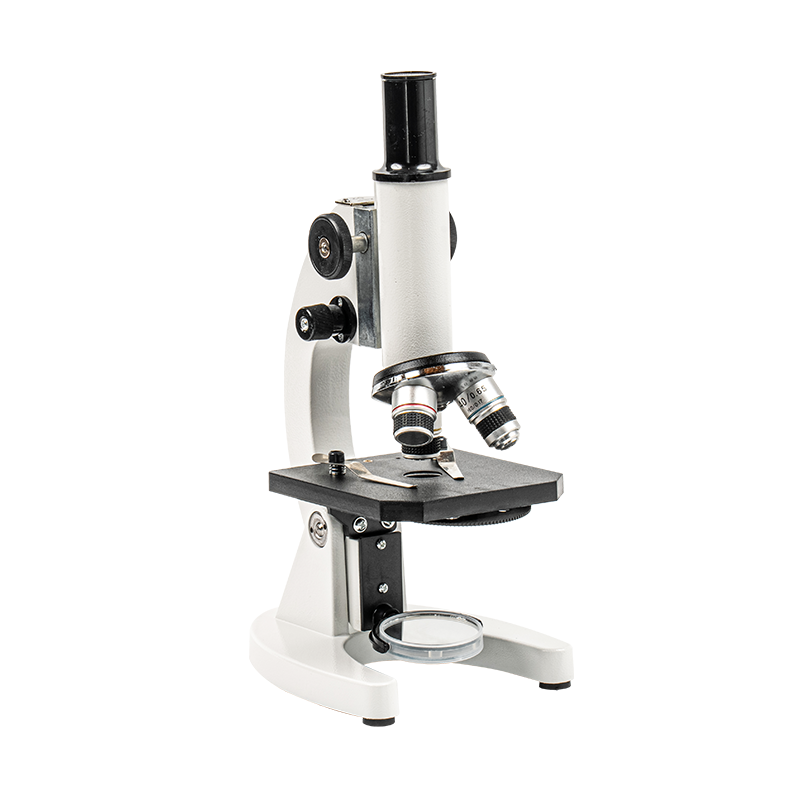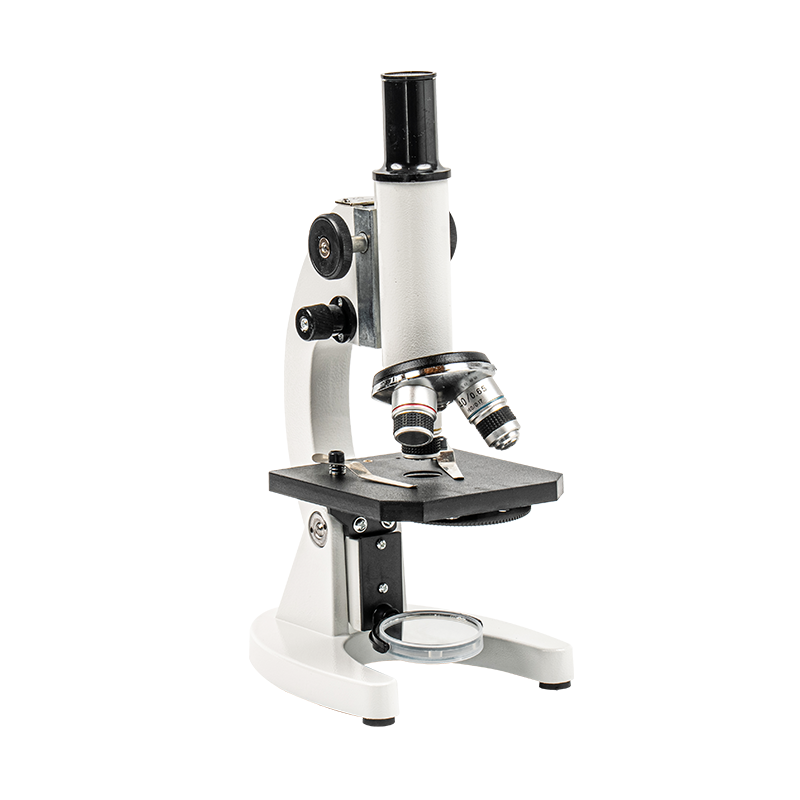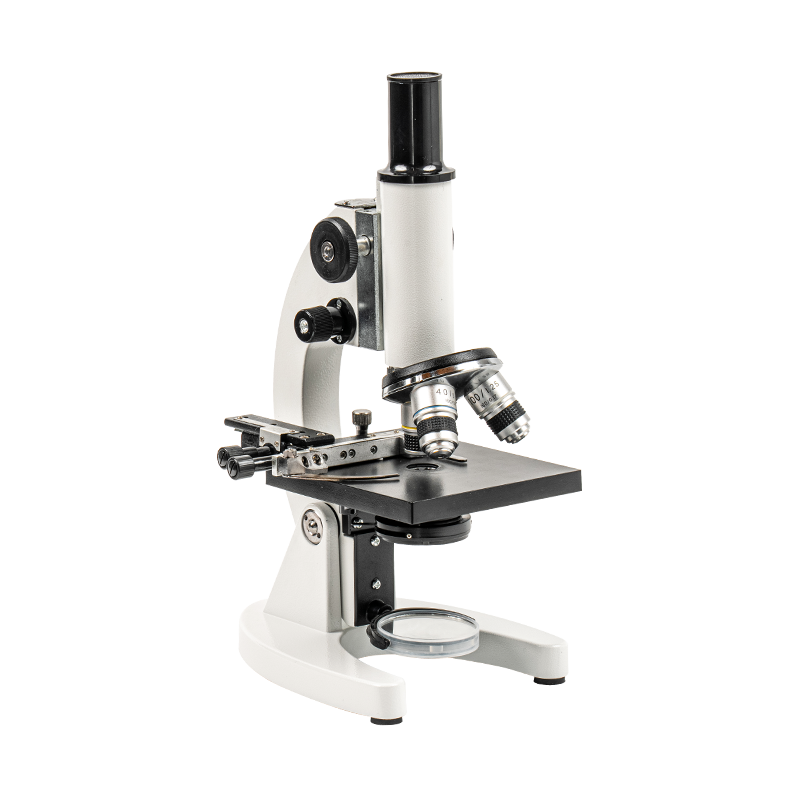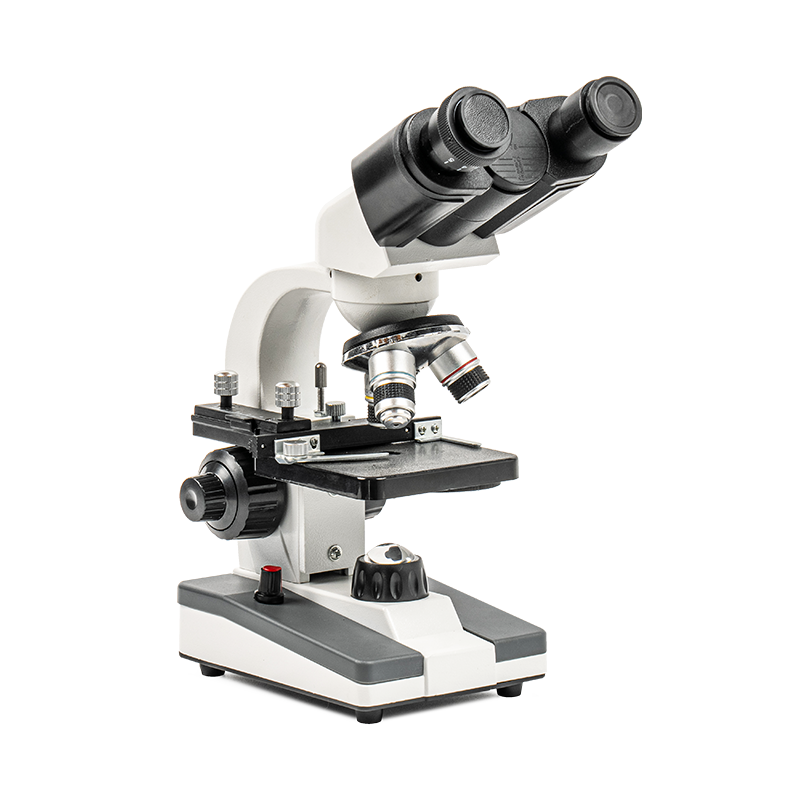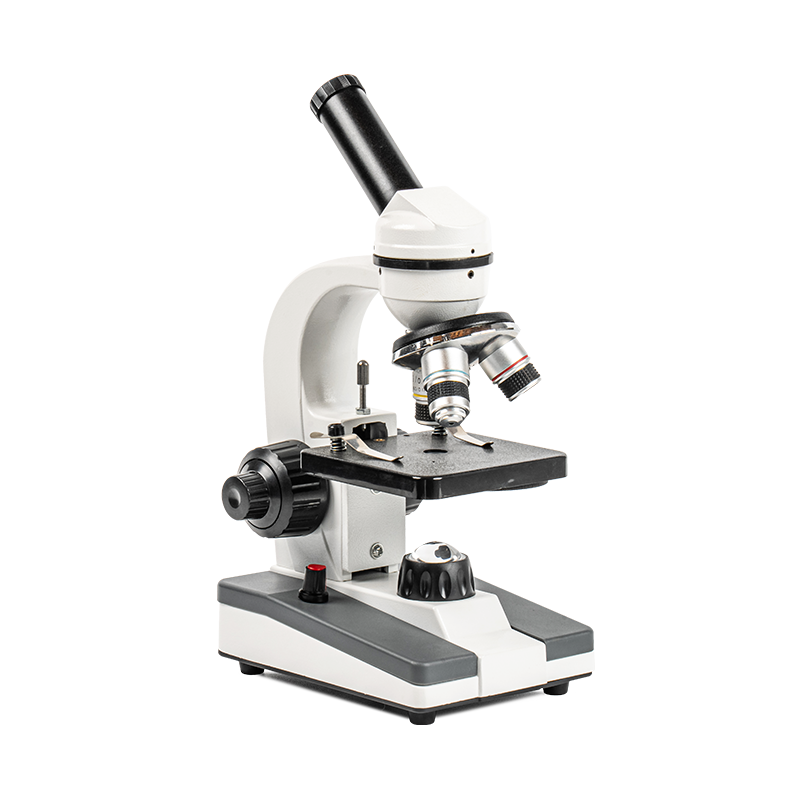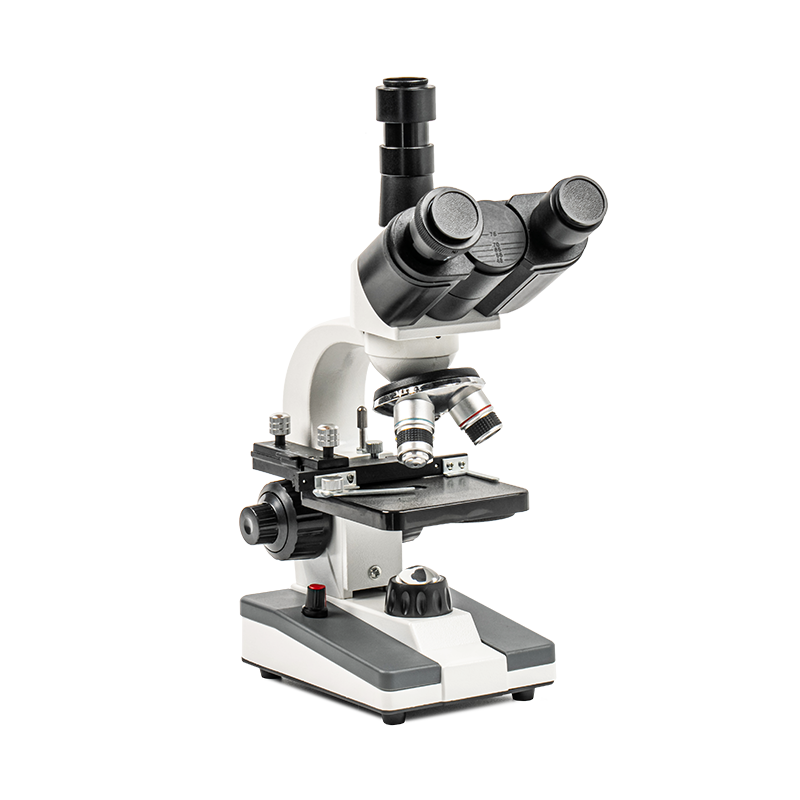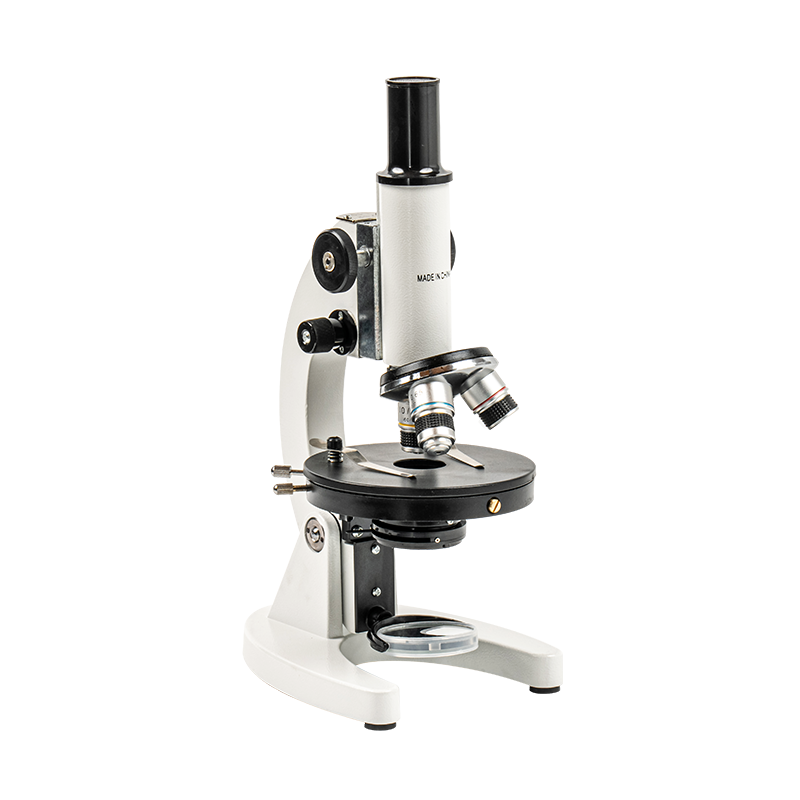Microscopes, as indispensable tools for research and teaching, play a crucial role in educational and laboratory settings. Whether conducting basic cell observation in a school biology lab or studying nanoscale materials in a high-end research laboratory, the choice of microscope directly impacts the accuracy of experimental results and teaching effectiveness. However, faced with the vast array of microscopes on the market, choosing the right one poses a major challenge for educators and researchers.
Content
Microscope Types and Applications
Understanding the basic types of microscopes is a prerequisite for choosing the right one. Different types of microscopes are suitable for different observation needs.
Optical Microscope: The optical microscope is the most common type of microscope and is widely used in basic biological research, education, and medicine. It primarily relies on light transmitted through the sample to form an image and is suitable for observing cells, microorganisms, and some relatively transparent biological specimens. Optical microscopes can be divided into monocular and binocular types, with binocular microscopes being suitable for long-term observation and shared use by multiple people.
Electron Microscope (EM): Electron microscopes use electron beams instead of light, providing higher resolution than optical microscopes. They are primarily used for nanoscale structural analysis and materials science research. Electron microscopes are divided into scanning electron microscopes (SEMs) and transmission electron microscopes (TEMs), suitable for observing very small sample structures, such as internal cellular structures and nanoparticles.
Fluorescence microscopes: Fluorescence microscopes use a light source of a specific wavelength to excite fluorescent molecules in a sample, allowing for the observation of fluorescently labeled samples. They are widely used in fields such as biology, medicine, and environmental monitoring, particularly when studying specific proteins or gene expression in cells, enabling more precise localization and imaging.
Confocal microscopes: Confocal microscopes use lasers to scan samples to obtain high-resolution three-dimensional images. They are commonly used for observing cells and tissue sections. They effectively remove out-of-focus light, improving image clarity and contrast, and are widely used in fields such as life sciences, materials science, and neuroscience.
Microscope accessories: In addition to basic microscope types, many laboratories and educational institutions also equip themselves with additional accessories, such as cameras, digital imaging systems, and mechanical stages. These devices help users more efficiently record and analyze experimental results.
Factors to Consider When Choosing a Microscope
When choosing a microscope, the needs of educational institutions and laboratories differ, so it is important to consider multiple perspectives.
Purpose of Use: First, it's important to clearly define the microscope's intended use: whether it's for basic education, medical research, or advanced scientific research. For educational settings, a cost-effective, easy-to-use optical microscope is generally sufficient. For research laboratories, high-resolution, powerful electron microscopes or confocal microscopes may be required.
Resolution and Magnification: A microscope's resolution determines the ability to clearly observe details in a specimen. The higher the resolution, the greater the detail that can be observed. The maximum resolution of an optical microscope is generally around 0.2 microns, while electron microscopes can reach nanometer resolution, making them suitable for scientific research requiring extremely high precision. Magnification is also a key parameter. Common optical microscope magnifications range from 40x to 1000x, which is suitable for most educational and basic research needs.
Light Source and Illumination System: The light source is a crucial factor in microscopic imaging. Standard optical microscopes typically use LED or halogen lamps. The brightness, uniformity, and lifespan of the light source all affect the quality of observation. Advanced microscopes, such as fluorescence microscopes, require a light source with a specific wavelength. A suitable illumination system ensures clear, uniform imaging.
Ease of Use and Comfort: In educational and basic research settings, the ease and comfort of a microscope are crucial. This is especially true in teaching environments, where students need to observe for extended periods. Therefore, choosing a microscope with a comfortable viewing angle (such as a binocular microscope), an easily adjustable focus system, and a stable platform is crucial.
Stability and Durability: As a high-precision instrument, the stability and durability of a microscope directly impact its long-term performance. Especially in a laboratory setting, where frequent use and adjustment are common, it is crucial to choose a microscope from a brand with guaranteed quality and a long-term service guarantee.
Cost and Budget: Microscope prices vary widely, ranging from entry-level optical microscopes costing a few hundred yuan to electron microscopes costing millions of yuan. The price is often determined by the microscope's resolution, features, and additional equipment. Therefore, when choosing a microscope, it is important to make a reasonable choice based on the budget of the school or laboratory. If the budget is limited, it is advisable to choose a cost-effective optical microscope and accompanying equipment.
How to Choose a Microscope Suitable for Education and Laboratories
1. Choosing a Microscope for Educational Environments
In educational settings, microscopes are primarily used for basic biology, physics, and chemistry experiments. The following points should be considered when choosing a microscope:
Basic Functionality: Choose a microscope that is simple to operate, easy to maintain, and cost-effective, such as a standard optical microscope with a magnification between 40x and 1000x, which can meet teaching needs.
Binocular Design: Binocular microscopes are suitable for long-term student use, improving comfort and allowing teachers and students to observe together.
Affordability: Educational use generally does not require high-precision microscopes, so consider affordable models that are durable and easy to repair.
Accessories: Microscopes can be equipped with cameras and digital imaging systems to facilitate student recording of observations and subsequent analysis.
2. Microscope Selection for Research Laboratories
Microscopes used in research laboratories typically require higher-precision observation and analysis. When choosing a microscope, consider the following factors:
High Resolution: Depending on the research needs, a high-resolution microscope, such as an electron microscope or confocal microscope, may be required for observing the internal structures of cells or nanoscale materials.
Automation and Integration: In research environments, many microscopes come with automated operating systems and image analysis software, which can improve experimental efficiency and reduce manual errors. Additional functions: Depending on the research field, choose appropriate microscope additional equipment, such as fluorescence microscope for cell labeling, laser scanning microscope for 3D imaging, etc.

 English
English Español
Español عربى
عربى 中文简体
中文简体